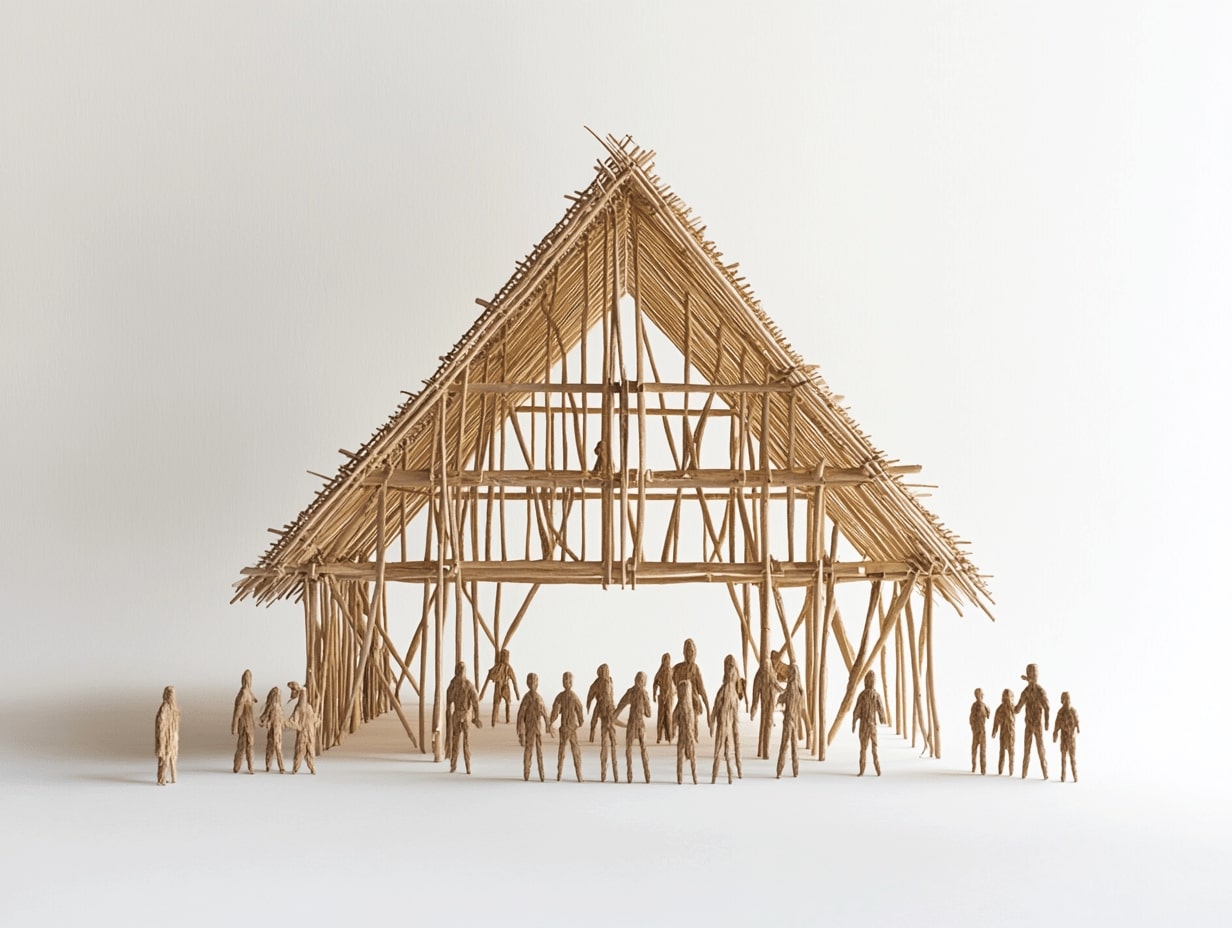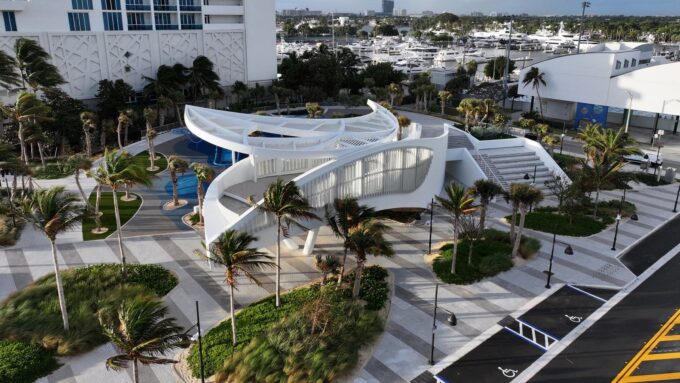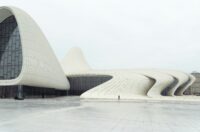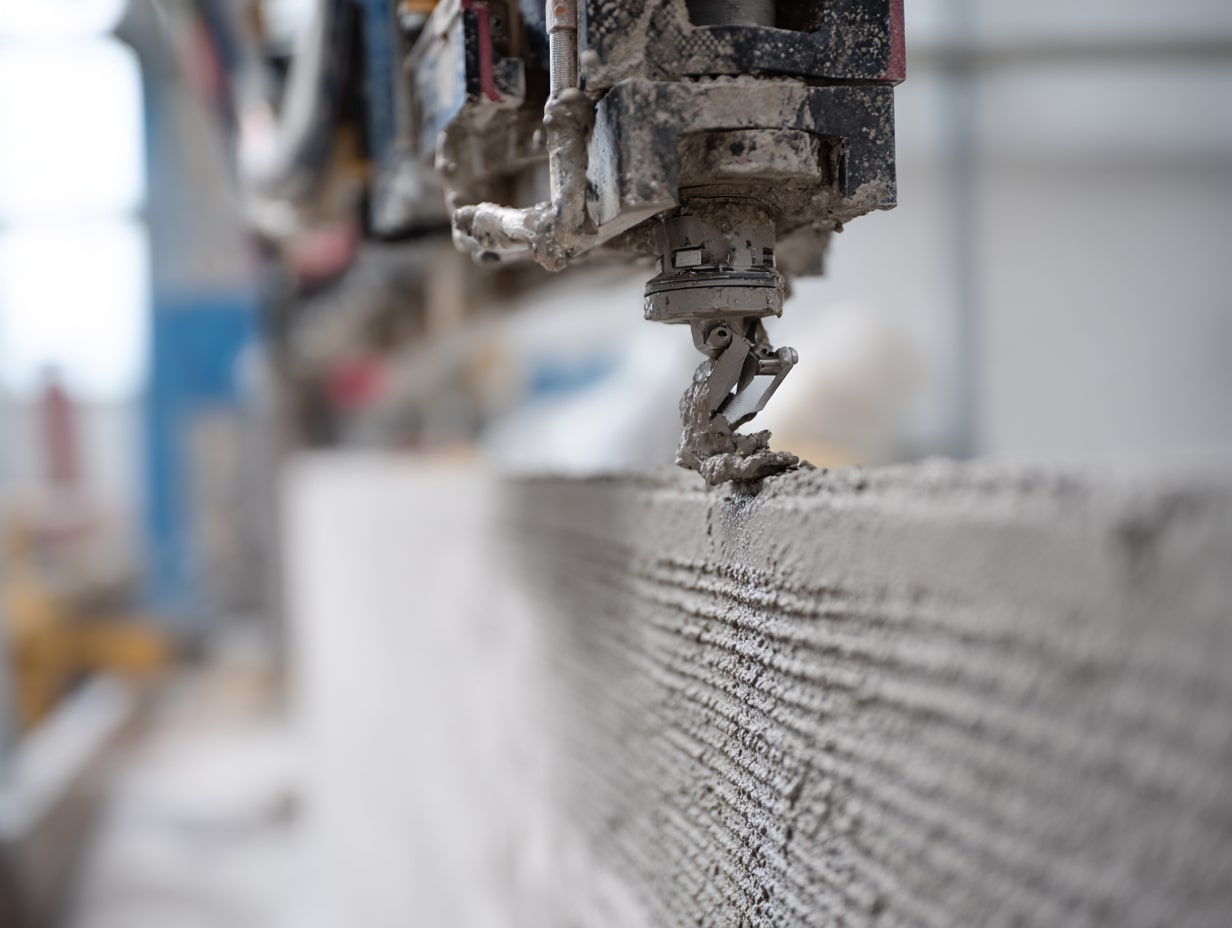- Home
- Articles
- Architectural Portfolio
- Architectral Presentation
- Inspirational Stories
- Architecture News
- Visualization
- BIM Industry
- Facade Design
- Parametric Design
- Career
- Landscape Architecture
- Construction
- Artificial Intelligence
- Sketching
- Design Softwares
- Diagrams
- Writing
- Architectural Tips
- Sustainability
- Courses
- Concept
- Technology
- History & Heritage
- Future of Architecture
- Guides & How-To
- Art & Culture
- Projects
- Interior Design
- Competitions
- Jobs
- Store
- Tools
- More
- Home
- Articles
- Architectural Portfolio
- Architectral Presentation
- Inspirational Stories
- Architecture News
- Visualization
- BIM Industry
- Facade Design
- Parametric Design
- Career
- Landscape Architecture
- Construction
- Artificial Intelligence
- Sketching
- Design Softwares
- Diagrams
- Writing
- Architectural Tips
- Sustainability
- Courses
- Concept
- Technology
- History & Heritage
- Future of Architecture
- Guides & How-To
- Art & Culture
- Projects
- Interior Design
- Competitions
- Jobs
- Store
- Tools
- More
Exploring Architecture and Human Evolution: From Primitive Shelters to Modern Marvels
Explore the intricate relationship between architecture and human evolution in this enlightening article. Discover how architectural advancements—from primordial shelters to modern skyscrapers—reflect our ingenuity and social progress. Learn how built environments influence community, safety, and well-being while adapting to changing needs.

Throughout history, architecture has shaped our environments and influenced the way we live. As we evolved, so did our need for shelter, prompting innovative designs that reflect our changing lifestyles. From primitive huts to towering skyscrapers, each architectural style tells a story of human ingenuity and adaptation.
Understanding architecture’s role in human evolution reveals much about our societal progress. It’s not just about aesthetics; it’s about how structures foster community, promote safety, and enhance our well-being. As we explore this fascinating relationship, we’ll uncover how our built environment has both mirrored and driven our evolution as a species. Join us on this journey to discover the profound impact of architecture on our development and identity.

Table of Contents
ToggleOverview of Architecture and Human Evolution
Architecture has significantly influenced human evolution by shaping our living environments. Starting with early human shelters, such as caves and huts, our need for protection from the elements led to the development of increasingly complex structures. These initial forms of architecture laid the groundwork for community formation, showcasing our drive to create safe, functional spaces.

As societies advanced, so did architectural styles. Ancient civilizations, including the Egyptians and Greeks, constructed monumental buildings that highly influenced social structure and cultural identities. The use of durable materials, such as stone and brick, allowed for the creation of structures that not only provided shelter but also conveyed power and stability.
In modern times, architecture continues to evolve, reflecting technological advancements and cultural shifts. The rise of skyscrapers and sustainable design highlights our ongoing quest to balance functionality with environmental responsibility. Urban planning and architectural design foster community interaction and well-being, demonstrating the integral role architecture plays in shaping societal dynamics.
Thus, the intertwining of architecture and human evolution presents a fascinating narrative of our adaptation and artistic expression over millennia. Each architectural achievement encapsulates our values, priorities, and collective aspirations, contributing to our overall development and identity.
Historical Perspectives
Architecture’s journey reflects human adaptation and innovation throughout history. Examining prehistoric structures and the emergence of civilizations unveils our evolving relationship with built environments.

Prehistoric Architecture
Prehistoric architecture signifies our earliest attempts at shelter and community formation. Structures like caves, huts, and temporary dwellings provided protection from elements and predators. These types of shelters often utilized local materials—stone, wood, and animal skins—demonstrating resourcefulness. Such early architecture influenced social organization, as groups began to settle and establish communal living, laying the groundwork for future civilizations.
Civilization Development
The development of architecture paralleled societal advancements as civilizations emerged. Early monumental structures, like Egyptian pyramids and Greek temples, displayed power and cultural values. These architectural feats utilized durable materials such as stone and brick, signifying stability and continuity. They reflected organized labor, technical skill, and societal hierarchy, showcasing distinct cultural identities. As cities grew, urban planning became crucial, influencing trade, governance, and social interaction. Architectural innovation continued with the Roman aqueducts and Gothic cathedrals, which highlighted engineering prowess and community aspirations. Each advancement in architecture charted humanity’s progress, shaping our interactions and environments.
The Role of Architecture in Human Adaptation
Architecture plays a critical role in human adaptation, significantly influencing our development and interactions. It shapes environments, fosters social structures, and reflect cultural values.

Environmental Influence
Architecture adapts to various environmental conditions, ensuring livability and safety. Early shelters, like caves and huts, utilized local materials to protect against weather extremes and predators. As we advanced, monumental structures appeared, showcasing advancements in engineering and sustainability. For instance, the use of durable materials, such as stone and brick, allowed civilizations to create lasting buildings that serve both functional and aesthetic purposes. These structures not only provided shelter but also integrated with their natural surroundings, optimizing light and air flow. In contemporary design, sustainable architecture focuses on minimizing environmental impact and maximizing energy efficiency, reflecting our ongoing adaptation to ecological challenges.
Social Structures
Architecture significantly shapes social interactions and hierarchies within communities. Early humans constructed communal living spaces, fostering cooperation and social bonds. As societies evolved, architecture reflected social organization and cultural identity, with monumental buildings, like Egyptian pyramids and Greek temples, indicating power dynamics and communal values. In urban environments, the design of public spaces influences social cohesion, promoting gathering and interaction. Today, inclusive architectural practices prioritize accessibility, enhancing social participation for all individuals. Through these elements, architecture continues to mold our social frameworks, reinforcing community connections and cultural expressions.
Modern Implications of Architecture on Human Evolution
Architecture continues to shape human evolution by influencing how we live, interact, and respond to our environments. As we progress, our buildings reflect our values and adapt to modern challenges, including urbanization and sustainability.

Urbanization Trends
Urbanization transforms demographics, lifestyles, and architectural practices. Currently, over 55% of the global population resides in urban areas, a figure expected to reach 68% by 2050 (United Nations, 2022). Cities necessitate efficient designs that accommodate growing populations while preserving quality of life.
- Infrastructure Development: Urban architecture prioritizes transport networks and public spaces, fostering connectivity and social interaction.
- Mixed-Use Spaces: Increasingly, structures combine residential, commercial, and recreational areas, promoting walkability and reducing reliance on vehicles.
- Vertical Living: High-density housing, like skyscrapers, optimizes land use, allowing more people to inhabit compact spaces without expanding urban sprawl.
These trends underscore how architecture adapts to meet the demands of urban life, influencing our social behaviors and environmental impacts.
Sustainable Design
Sustainable design focuses on minimizing environmental impacts while enhancing livability. It plays a crucial role in how architecture affects human evolution.
- Energy Efficiency: Designing buildings with energy-efficient materials and technologies reduces energy consumption. For instance, passive solar design utilizes sunlight for natural heating and cooling.
- Resource Conservation: Using reclaimed materials and local sourcing decreases the carbon footprint of construction and promotes environmental stewardship.
- Biophilic Design: Integrating natural elements into architecture fosters a connection with nature, improving mental health and well-being. Green roofs and living walls exemplify this approach.
Sustainable architecture not only supports environmental goals but also enhances our quality of life, illustrating the adaptive relationship between built environments and human evolution.
Future Directions in Architecture and Human Evolution
We’re witnessing a shift towards adaptive architecture that responds to environmental changes. Adaptive design integrates climate resilience and promotes sustainability. By considering local ecosystems, architects create buildings that harmonize with natural landscapes, minimizing human impact on the environment.

We recognize technology’s transformative influence on architecture and human experience. Smart buildings equipped with IoT devices enhance energy efficiency and user interaction, promoting sustainable practices. Increased reliance on virtual reality aids in design, allowing for immersive experiences that foster community engagement before construction begins.
We’re also pursuing inclusivity in future architectural designs. Universal design principles focus on accessibility, ensuring that environments cater to diverse populations, including individuals with disabilities. Such inclusive practices cultivate social cohesion and enhance the quality of life across communities.
We observe a growing emphasis on mental health in architectural practices. Biophilic design, which incorporates natural elements into buildings, boosts mental well-being by creating environments that foster connection to nature. This approach highlights the importance of greenery, natural light, and open spaces in enhancing overall community health.
We’re aware of evolving urban landscapes shaped by demographic changes. As cities expand, mixed-use developments prioritize walkability and accessibility, encouraging vibrant societies that support various lifestyles. Thoughtful urban planning not only addresses housing needs but also promotes social interaction and economic growth.
We’re committed to integrating additional sustainable practices, such as regenerative architecture. This approach focuses on creating buildings that contribute positively to their environments, restoring ecosystems rather than depleting them. By prioritizing sustainability in our designs, we embrace architecture’s role as a catalyst for necessitating positive change.
Our exploration of these future directions illustrates that architecture, intertwined with human evolution, will continue to shape our communities. As we advance, our architectural practices must reflect our commitment to adaptability, inclusivity, mental health, and sustainable living.
Conclusion
Architecture significantly impacts human evolution, guiding us through history and shaping our environments. Each architectural milestone, from primitive huts to modern skyscrapers, mirrors our adaptability and innovation.
Architecture’s influence extends to our social structures and cultural identities. Monumental buildings, such as pyramids and temples, not only reflect societal hierarchies but also showcase engineering advancements. As we transitioned to urban settings, the need for thoughtful urban planning became paramount, fostering interaction and trade among communities.
Modern trends reveal architecture’s ongoing role in shaping how we live and connect. With over 55% of the global population residing in urban areas, efficient designs that prioritize sustainability and accessibility are essential. By integrating biophilic elements and focusing on mental health, architecture enhances our overall well-being.
Looking ahead, we recognize the importance of adaptive design that responds to environmental challenges and technological advancements. The commitment to inclusivity through universal design principles ensures that diverse populations can thrive within our built environments.
Ultimately, architecture and human evolution are intertwined, embodying our collective values and aspirations. This synergy continues to shape our past, present, and future as we navigate contemporary challenges and strive for positive change.
- adaptive architecture
- architecture and anthropology
- architecture and evolution
- architecture inspired by human evolution
- biomimicry in architecture
- Biophilic Design
- evolution of architectural styles
- evolutionary architecture
- evolutionary architecture firms
- evolutionary building design
- evolutionary design principles
- evolutionary influences in architecture
- future of architectural design
- human evolution in architecture
- human-centered design in architecture
- human-centric architectural design
- nature-inspired architecture
- sustainable architectural evolution
I create and manage digital content for architecture-focused platforms, specializing in blog writing, short-form video editing, visual content production, and social media coordination. With a strong background in project and team management, I bring structure and creativity to every stage of content production. My skills in marketing, visual design, and strategic planning enable me to deliver impactful, brand-aligned results.
Submit your architectural projects
Follow these steps for submission your project. Submission FormLatest Posts
3D Printed Homes: Time, Cost, and What to Expect
3D printed homes explained: realistic timelines (24–72h walls, 8–16 weeks total), true...
How a Contact Centre Boosts Trust in Your Building Business
In construction, trust is the glue that holds projects together. Clients need...
How Real Time Parcel Geolocation Is Redefining Last Mile Efficiency for Modern Businesses
Last mile delivery has become the most critical point in the customer...
How Can Small Spaces Stay Stylish and Relaxing?
In today’s fast-paced urban lifestyle, small living spaces are becoming increasingly common....












Leave a comment